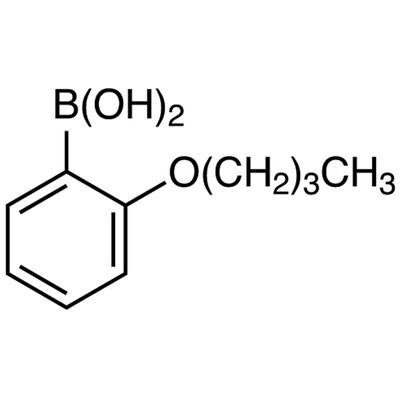Platinum sponge 99.9% 5 g
SKU 900493-3
€ 736,56
In stock
1
Save this product for later
Platinum sponge 99.9% 5 g
Product Details
CAS number: 7440-06-4
Cation: Pt
Packaging: 5 g
EAN: 8721028242266
Brand: Laboratoriumdiscounter
Platinum sponge is a highly effective catalyst with a unique porous structure, making it ideal for various chemical reactions. Its exceptional surface area and reactivity make it a sought-after material in industries such as pharmaceuticals, petrochemicals, and environmental applications. With its ability to enhance reaction rates and improve efficiency, platinum sponge is a valuable asset for any company looking to optimize their processes and achieve superior results.
When working with Platinum sponge, it is important to follow these safety instructions: 1. Personal Protective Equipment (PPE): Always wear appropriate PPE, including gloves, safety goggles, and a lab coat or protective clothing, to protect yourself from potential hazards. 2. Ventilation: Ensure that you are working in a well-ventilated area or under a fume hood to prevent the accumulation of harmful fumes or gases. 3. Handling: Handle Platinum sponge with care, as it can be reactive and potentially hazardous. Avoid direct contact with skin, eyes, or clothing. In case of accidental contact, rinse the affected area immediately with plenty of water. 4. Storage: Store Platinum sponge in a cool, dry, and well-ventilated area, away from incompatible substances. Keep it in a tightly sealed container to prevent any accidental release or contamination. 5. Fire safety: Platinum sponge is not flammable, but it can act as a catalyst in certain reactions. Keep it away from open flames, sparks, or other potential ignition sources. 6. Chemical compatibility: Avoid contact or mixing Platinum sponge with strong oxidizing agents, acids, or other reactive substances, as it may lead to hazardous reactions. Always check the compatibility of Platinum sponge with other chemicals before use. 7. Emergency procedures: Familiarize yourself with the emergency procedures and safety protocols in your workplace. Know the location of safety showers, eyewash stations, fire extinguishers, and other emergency equipment. 8. Training: Ensure that you have received proper training on the handling, storage, and disposal of Platinum sponge. Follow the instructions provided by your supervisor or safety officer. 9. Disposal: Dispose of Platinum sponge according to local regulations and guidelines. Do not dispose of it in regular trash or down the drain. Contact your local waste management authorities for proper disposal methods. 10. First aid: In case of any accidents or injuries, seek immediate medical attention. Provide the medical personnel with all relevant information about the substance involved, including Platinum sponge. Remember, these safety instructions are general guidelines, and it is essential to consult the specific safety data sheet (SDS) and follow the instructions provided by the manufacturer for the particular Platinum sponge you are working with.
Please note, not all safety data for this product is available on our website, for a complete list of P en H sentences and other safety instructions please request the MSDS at our customer service
You May Also Like

Methyl 2-oxopiperidine-4-carboxylate, 95.0%, 100g
Methyl 2-oxopiperidine-4-carboxylate, 95.0%, 100g
SKU F434013-100G
€ 1 618,10

2-Bromo-6-fluoro-4-methylpyridine, 95.0%, 5g
2-Bromo-6-fluoro-4-methylpyridine, 95.0%, 5g
SKU F233666-5G
€ 181,50

5(6)-Carboxyfluorescein, = 97% (HPLC), 1g
5(6)-Carboxyfluorescein, = 97% (HPLC), 1g
SKU M03602-1G
€ 137,50
Display prices in:EUR





![3-Bromo-1H-pyrrolo[3,2-b]pyridine-7-carboxylic acid, 98+%, 100mg 3-Bromo-1H-pyrrolo[3,2-b]pyridine-7-carboxylic acid, 98+%, 100mg](https://d2j6dbq0eux0bg.cloudfront.net/images/88473019/4861294527.png)
![N-[(4-methylphenyl)sulfonyl]-beta-alanine, 1g N-[(4-methylphenyl)sulfonyl]-beta-alanine, 1g](https://d2j6dbq0eux0bg.cloudfront.net/images/88473019/4780576222.png)
![Benzo[c]thiophene-1,3-dione, 98%, 1g Benzo[c]thiophene-1,3-dione, 98%, 1g](https://d2j6dbq0eux0bg.cloudfront.net/images/88473019/4763351232.png)



